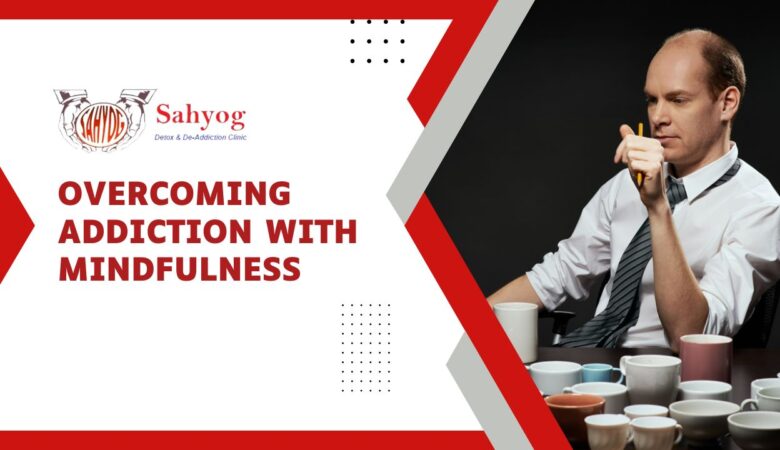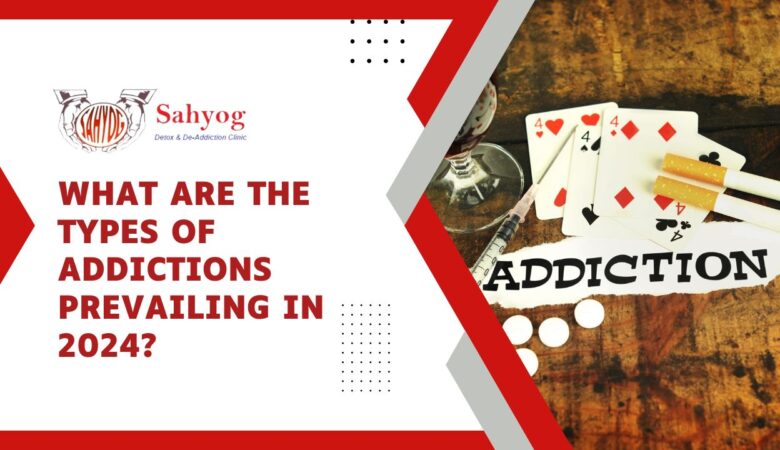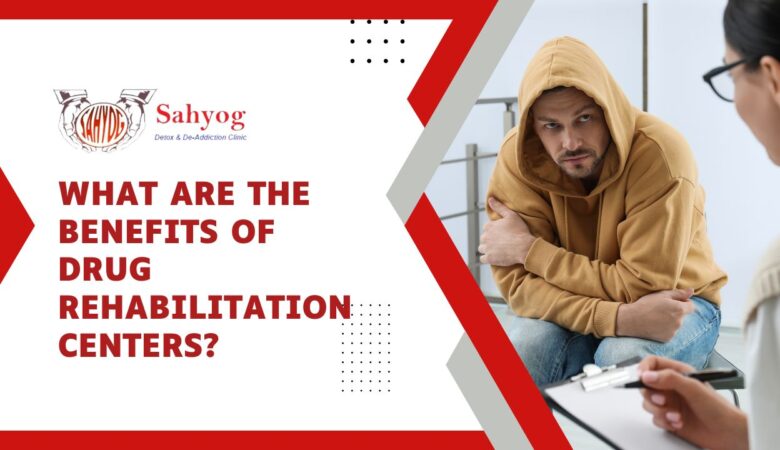Insights from a Developmental Therapist’s Perspective
Introduction to Developmental Therapy Welcome to a fascinating world where dedicated professionals work tirelessly to make a positive impact on children’s lives. Developmental therapy is an invaluable field that focuses on helping children with developmental delays and disorders reach their full potential. As a developmental therapist, I have had the privilege of witnessing firsthand the incredible progress these children can make when given the right support and intervention. In this blog post, we will delve into the insights from my perspective as a developmental therapist. We will explore why early intervention is crucial, understand common developmental delays and disorders, discover effective strategies for assisting children with special needs, and recognize the vital role parents and caregivers play in their child’s development. Join me as we uncover the challenges faced by developmental therapists while discussing practical ways to create positive change in young lives. So let’s dive in and explore this captivating journey together! The Importance of Early Intervention Early intervention plays a crucial role in the development of children with special needs. It involves identifying and addressing developmental delays or disorders as early as possible to provide appropriate support and interventions. Research has shown that early intervention can significantly improve outcomes for children with developmental delays. By intervening during the critical period of brain development, we can help these children learn essential skills and reach their full potential. One key reason why early intervention is important is because young children’s brains are highly plastic, meaning they have a greater capacity to adapt and learn compared to adults. This makes it easier to teach them new skills and behaviors, which can then become ingrained habits as they grow older. Another benefit of early intervention is that it can prevent secondary issues or challenges from arising later on. For example, if we address speech delays in a toddler, we may be able to prevent future difficulties with communication and social interactions in school-age years. Additionally, providing early intervention services not only benefits the child but also their family. It helps parents understand their child’s unique needs better and equips them with strategies to support their child’s development effectively. The importance of early intervention cannot be overstated when it comes to supporting children with special needs. By identifying and addressing developmental delays or disorders at an early age, we can make a significant positive impact on their lives by helping them develop necessary skills, preventing further challenges down the road, and empowering their families along the way. Common Developmental Delays and Disorders Understanding the common developmental delays and disorders that children may face is crucial for parents, caregivers, and developmental therapists alike. Each child is unique and may experience different challenges in their development. As a developmental therapist, it is essential to be knowledgeable about these delays and disorders in order to provide effective interventions. One common delay seen in children is speech and language delay. This can manifest as difficulty with articulation, comprehension, or expressive language skills. Another frequently encountered condition is Autism Spectrum Disorder (ASD), which affects a child’s social interaction, communication skills, and behavior patterns. Motor skill delays are also prevalent among children with developmental issues. These can include gross motor delays (such as difficulties with walking or jumping) or fine motor delays (like struggles with handwriting or buttoning clothes). Sensory processing disorder is another condition that impacts how a child processes information from their senses. They may have hypersensitivity or hyposensitivity to certain sensory stimuli such as sound, touch, taste, smell or visual input. Attention Deficit Hyperactivity Disorder (ADHD) is yet another commonly diagnosed disorder affecting many children’s ability to focus attention and regulate their impulses consistently. As a developmental therapist working with individuals who have these conditions – among others – my role entails creating tailored intervention plans aimed at addressing specific areas of concern for each child’s unique needs. By incorporating various therapeutic techniques like play-based activities, sensory integration exercises, and speech therapy sessions – we work towards improving their overall development. Strategies for Helping Children with Special Needs When it comes to helping children with special needs, it is important to approach their unique challenges with sensitivity and creativity. Here are some strategies that developmental therapists use to support these children in reaching their full potential. Individualized therapy plans are crucial. Each child has different strengths and weaknesses, so tailoring interventions to meet their specific needs is essential. This may involve a combination of play-based activities, sensory integration techniques, and structured learning tasks. Incorporating visual supports can be incredibly beneficial. Many children with special needs respond well to visual cues and schedules that help them understand what is expected of them throughout the day. Visual aids such as picture schedules or social stories can provide structure and reduce anxiety. Breaking down complex tasks into smaller steps can make them more manageable for children with special needs. By using a process called task analysis, developmental therapists guide these children through each step until they have mastered the skill or activity. Furthermore, creating a supportive environment is key in helping these children thrive. This involves clear communication between parents/caregivers and therapists to ensure consistency across settings. It also means providing opportunities for social interaction and fostering positive relationships among peers. Lastly – although there are many other strategies not mentioned here – promoting self-regulation skills plays a significant role in supporting children with special needs. Teaching techniques such as deep breathing exercises or mindfulness practices helps them manage emotions and behaviors effectively. The Role of Parents and Caregivers in a Child’s Development Parents and caregivers play a crucial role in a child’s development. From the moment they are born, children rely on their parents for love, support, and guidance. As a developmental therapist, I have witnessed firsthand the impact that involved and caring parents can have on their child’s progress. One of the most important roles that parents play is providing a nurturing and stimulating environment for their child. This includes creating opportunities for learning through play,










